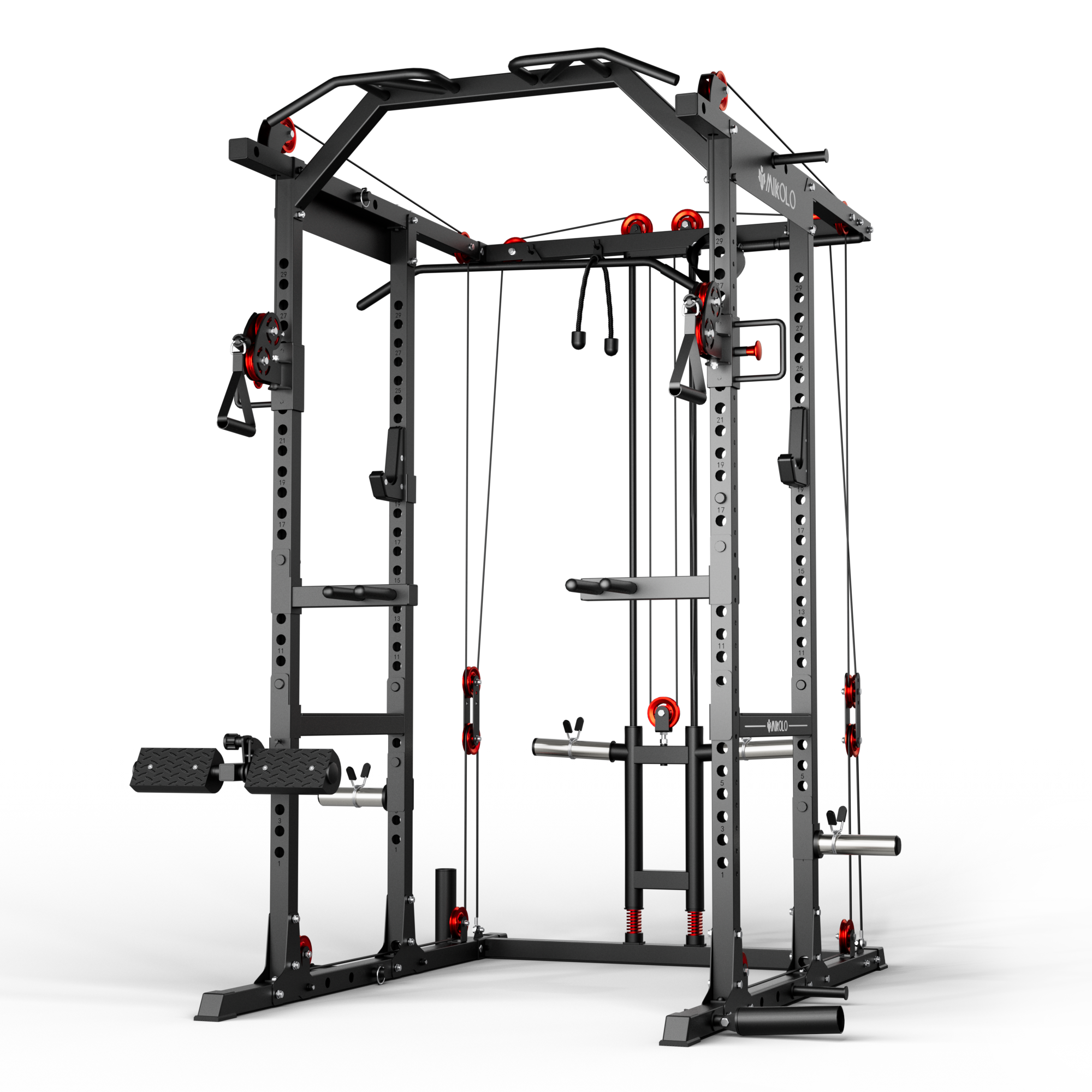Pregnancy is a powerful transformation—physically, emotionally, and mentally. As your body grows to nurture new life, movement can become a grounding practice, offering strength, energy, and even relief from common pregnancy discomforts. While many focus on legs, core, or back during prenatal workouts, the chest muscles—especially the pectorals—play a surprisingly important role. Strengthening this area can improve posture, support breathing, and prepare your upper body for postpartum demands like breastfeeding and baby-carrying.
Here’s a guide to chest exercises that are gentle, safe, and specifically supportive during pregnancy.
Why Chest Training Matters for Expecting Mothers
As your belly grows, your center of gravity shifts, and the thoracic spine (upper back) often rounds forward. This change, combined with breast enlargement and the added load from pregnancy, places strain on your chest, shoulders, and back.
Chest exercises can:
-
Improve posture and counteract rounded shoulders.
-
Support upper back muscles by balancing muscular engagement.
-
Help with breathing efficiency by keeping the rib cage open and mobile.
-
Build strength for holding and feeding your baby after birth.
Top Pregnancy-Safe Chest Exercises
These movements are low-impact, easy to modify, and focus on stability and strength rather than intensity. Always prioritize comfort and form, and check with your healthcare provider before beginning a new routine.
1. Wall Push-Ups
Great for all trimesters.
-
Stand arm’s length from a wall.
-
Place your palms on the wall, shoulder-width apart.
-
Inhale as you bend your elbows and bring your chest closer to the wall.
-
Exhale and push back to the start.
Why it works: Low strain, supports shoulder stability, and gently activates your pecs.
2. Seated Chest Press with Resistance Band
Ideal for the second and third trimester.
-
Sit on a stability ball or chair.
-
Wrap a resistance band around your upper back and hold the ends.
-
Press forward as if hugging a tree, then slowly return.
Why it works: Strengthens chest and shoulders while promoting posture control.
3. Floor Chest Fly (Modified)
Best in the first or second trimester.
-
Lie on your back with knees bent and feet flat (use a wedge or incline if lying flat becomes uncomfortable).
-
Hold light dumbbells and extend arms out to the side.
-
Bring them together above your chest in a controlled motion.
Why it works: Targets the pecs without putting pressure on the abdomen—ideal with modifications.
4. Standing Pec Stretch (Essential)
Helpful throughout pregnancy.
-
Stand in a doorway with your forearm on the frame.
-
Gently step forward until you feel a stretch across your chest.
-
Hold for 15–30 seconds.
Why it works: Releases tension, improves flexibility, and enhances posture.
Tips for Chest Training During Pregnancy
-
Skip the bench press after the first trimester unless you’re highly experienced and modify for an incline position.
-
Avoid lying flat on your back after 20 weeks, as it can compress major blood vessels and reduce circulation.
-
Use light resistance and focus on high-quality movement, not max effort.
-
Stay hydrated and listen to your body. If it doesn’t feel right, skip it.
A Personal Note from the Mat
During my second pregnancy, I remember waking up with tight shoulders and constant backaches—especially during the third trimester. While I had always focused on legs and glutes, I started incorporating simple chest work, like wall push-ups and resistance band presses. Within weeks, I noticed better posture, easier breathing, and less tension in my upper back. It wasn’t about building muscle—it was about balance, comfort, and strength for what was ahead. That 10-minute routine each morning became my reset and reminder that taking care of myself was part of taking care of the baby too.
Final Thoughts
Chest exercises during pregnancy aren't about aesthetics—they're about support. They help your body adapt to change, ease tension, and prepare for the physical demands of motherhood. Whether you're early in your pregnancy or nearing the finish line, mindful chest work can be a powerful piece of your prenatal fitness toolkit.
Always consult your doctor, move with intention, and remember—you're training for one of life’s greatest endurance events.













































Leave a comment
This site is protected by hCaptcha and the hCaptcha Privacy Policy and Terms of Service apply.